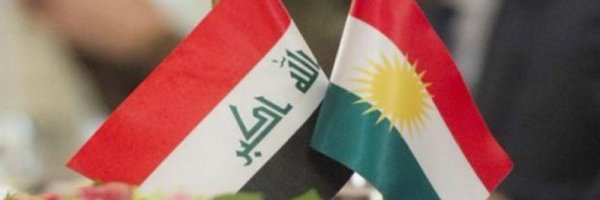
on Twitter – @DinarUpdates – https://twitter.com/DinarUpdates
on The BLOG (Dinar News Articles)
http://DinarUpdates.com/blog
on The OBSERVER (Dinar Guru Commentaries)
http://DinarUpdates.com/observer
…and on FaceBook:

on Twitter – @DinarUpdates – https://twitter.com/DinarUpdates
on The BLOG (Dinar News Articles)
http://DinarUpdates.com/blog
on The OBSERVER (Dinar Guru Commentaries)
http://DinarUpdates.com/observer
…and on FaceBook: